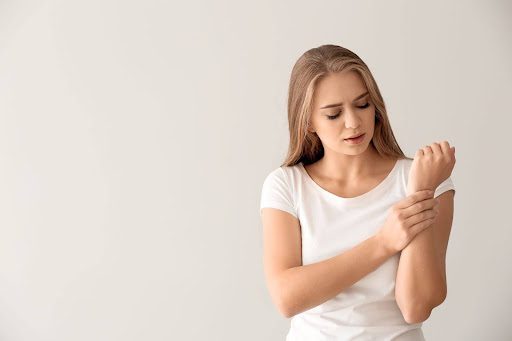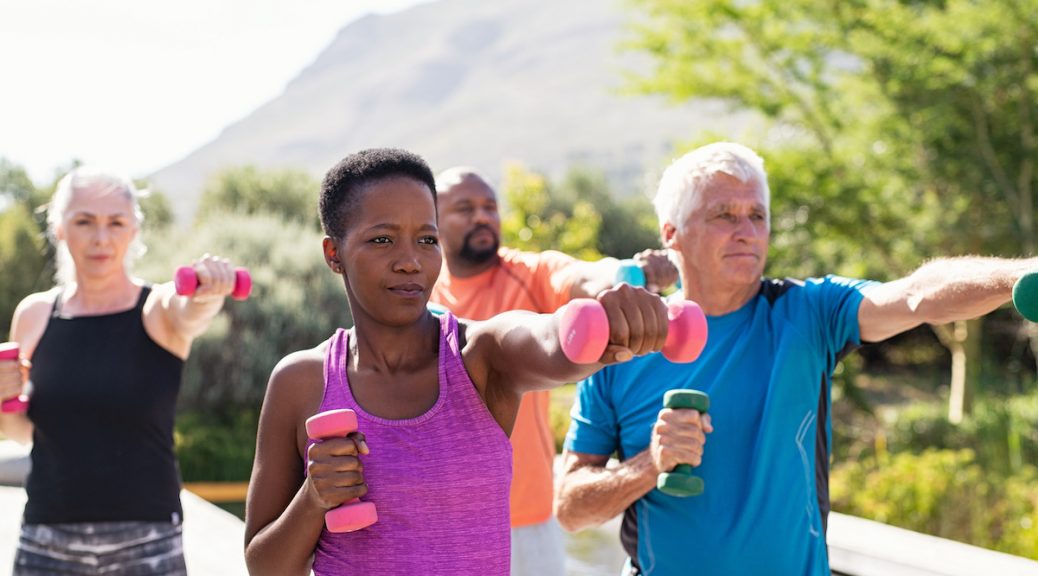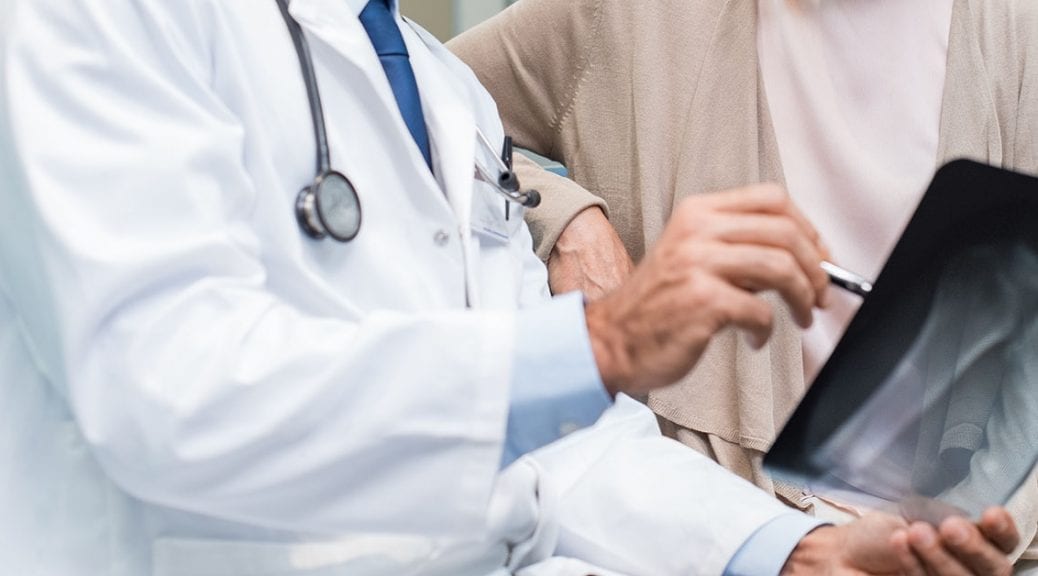Chronic conditions like arthritis can pose unique challenges for those who strive to stay physically active. Joint pain, stiffness, and reduced range of motion are common symptoms that can disrupt daily activities. However, with the right strategies, individuals can continue living an active lifestyle while effectively managing arthritis. This guide will provide actionable tips to help active individuals balance arthritis management with movement.
Understanding Arthritis and Its Impact
What Is Arthritis?
Arthritis refers to joint inflammation and encompasses over 100 types, most commonly being osteoarthritis and rheumatoid arthritis. These conditions affect the joints, causing pain, swelling, and stiffness, which can be a major obstacle for those who enjoy an active lifestyle.
How Arthritis Affects Mobility
Arthritis impacts joint flexibility, strength, and function. The symptoms can make daily tasks more difficult and inhibit physical exercise, reducing overall fitness and wellness. Without proper care, arthritis can progressively worsen, leading to joint degeneration.
The Role of Exercise in Arthritis Management
Staying Active With Arthritis
Though it may seem counterintuitive, staying active is one of the best arthritis management methods. Regular movement promotes joint flexibility, strengthens muscles around the joints, and reduces pain. Balancing activity with proper rest is important to avoid overworking your joints.
Low-Impact Exercises for Joint Health
Low-impact exercises, such as swimming, walking, cycling, and yoga, are ideal for individuals with arthritis. These activities help maintain cardiovascular fitness without putting excess strain on the joints. Water-based exercises are particularly beneficial because the water supports body weight, relieving stress on affected areas.
Modifying Exercise for Arthritis
Exercise Modifications to Avoid Joint Stress
Active individuals with arthritis should consider modifying their workouts to protect their joints. For instance, reducing high-impact activities like running in favor of cycling or swimming can minimize joint wear and tear. Strength training with lighter weights and higher repetitions can still promote muscle growth without overloading the joints.
Stretching for Flexibility and Joint Health
Stretching is essential for maintaining flexibility, particularly for those with arthritis. Gentle, consistent stretching before and after workouts can help reduce stiffness and improve range of motion. Focus on major muscle groups and ensure you stretch regularly to keep joints limber.
Nutrition and Diet for Arthritis Relief
Following an Anti-Inflammatory Diet
Diet plays a crucial role in managing arthritis symptoms. Anti-inflammatory foods, such as leafy greens, berries, nuts, and fish rich in omega-3 fatty acids, can help reduce inflammation and joint pain. A Mediterranean-style diet, emphasizing these foods, can benefit individuals with arthritis.
Foods to Avoid for Arthritis
Certain foods can exacerbate inflammation and should be avoided. Processed foods, sugar, and red meats can increase inflammation, leading to worsening symptoms. Instead, focus on whole, nutrient-dense foods that support overall joint health.
Alternative Therapies for Arthritis Pain
Exploring Yoga and Tai Chi for Arthritis
Yoga and Tai Chi are excellent alternatives to traditional exercise for individuals with arthritis. Both practices emphasize gentle movements, balance, and breath control, which improve flexibility, reduce stress, and promote joint health. These low-impact exercises can be easily incorporated into a daily routine.
The Benefits of Mind-Body Approaches
Mind-body techniques, such as meditation and mindfulness, can also help manage the mental and emotional toll of arthritis. Stress often exacerbates arthritis symptoms, and incorporating relaxation techniques can improve overall pain management and joint function.
Managing Arthritis Flare-Ups
Recognizing Arthritis Flare-Ups
Flare-ups are characterized by increased pain, swelling, and joint stiffness. They can be triggered by factors such as overuse, stress, or changes in the weather. Being proactive and recognizing early signs of a flare-up can help you adjust your activity level and manage symptoms before they become severe.
Heat and Cold Therapy for Symptom Relief
Heat and cold therapy are simple, effective methods for managing arthritis symptoms. Applying heat can relax muscles and improve blood flow, while cold therapy can reduce swelling and numb painful areas. Alternating between the two can provide relief during a flare-up.
Medications and Medical Interventions
Over-the-Counter Pain Relievers
Over-the-counter medications, such as nonsteroidal anti-inflammatory drugs (NSAIDs), can help alleviate arthritis pain and reduce inflammation. However, it’s important to consult a healthcare provider before starting any medication regimen, especially if symptoms persist.
Physical Therapy for Joint Health
Physical therapists can provide personalized exercise programs to help you strengthen muscles around affected joints, improve flexibility, and avoid further joint damage. Regular sessions with a physical therapist can enhance mobility and reduce pain, making it easier to stay active.
The Importance of Consistency in Movement
Consistency in Exercise for Arthritis Management
Staying consistent with your exercise routine is crucial for managing arthritis effectively. Even on days when pain or stiffness is more prominent, gentle activities like stretching, walking, or swimming can help maintain joint mobility and reduce the severity of symptoms.
Listening to Your Body’s Signals
It’s important to listen to your body and know when to rest. If you experience sharp pain during an activity, stop and reassess. Overexerting yourself can lead to injury and worsen arthritis symptoms, so find a balance that allows you to remain active without causing harm.
Weight Management for Arthritis Relief
Managing Weight for Joint Health
Maintaining a healthy weight can reduce the strain on weight-bearing joints such as the knees, hips, and spine. Carrying extra weight puts additional pressure on these joints, worsening arthritis symptoms. A combination of a balanced diet and regular, low-impact exercise can help with weight management.
Nutrition and Weight Loss Strategies
Focus on portion control and nutrient-dense foods to achieve and maintain a healthy weight. Eating smaller meals more frequently throughout the day and incorporating high-fiber foods can keep you fuller for longer, supporting weight loss efforts without feeling deprived.
Mental and Emotional Health Considerations
Dealing with the Emotional Toll of Arthritis
Living with chronic pain from arthritis can take a mental and emotional toll. Depression, anxiety, and frustration are common among individuals managing chronic conditions. Seeking support from friends, family, or a mental health professional can provide coping mechanisms to manage these emotions.
The Benefits of Joining Support Groups
Joining an arthritis support group can provide emotional relief, practical tips, and encouragement from others who understand your challenges. These groups offer a sense of community and shared experiences, helping you feel less isolated in your journey.
Managing arthritis while maintaining an active lifestyle may seem daunting, but with the right approach, thriving despite the challenges is possible. The key lies in balancing physical activity, nutrition, mental health care, and appropriate medical interventions. Staying physically active is crucial for joint mobility and overall health, even if adjustments are needed to accommodate arthritis. Low-impact exercises, such as swimming, cycling, and yoga, can provide the physical benefits of exercise without exacerbating joint pain.
It’s also important to remember that consistency is the foundation of effective arthritis management. Incorporating regular movement and exercise into your routine can improve joint function and reduce stiffness over time. However, it’s equally important to recognize when your body needs rest and to avoid pushing yourself too hard during flare-ups. Listening to your body’s signals and adjusting based on your symptoms will help prevent injury and further joint damage.
Nutrition plays a critical role as well. An anti-inflammatory diet rich in fruits, vegetables, and omega-3 fatty acids can help manage inflammation, while maintaining a healthy weight can reduce the strain on your joints, particularly in weight-bearing areas like the knees and hips. Coupled with regular physical activity, a well-balanced diet can enhance your overall well-being and help alleviate some of the arthritis-related pain.
Managing a chronic condition like arthritis requires patience, persistence, and adaptability, but it also empowers you to build resilience and take charge of your wellness. With the right mindset and strategies in place, you can maintain an active and fulfilling lifestyle while keeping arthritis symptoms at bay. Empower yourself by staying informed, making adjustments as needed, and seeking support when necessary—you have the tools to continue living life to the fullest, even with arthritis.
Take the first step toward managing your arthritis with expert care. Contact Paris Orthopedics today to schedule a consultation and explore personalized treatment options to help you maintain an active, pain-free lifestyle.











